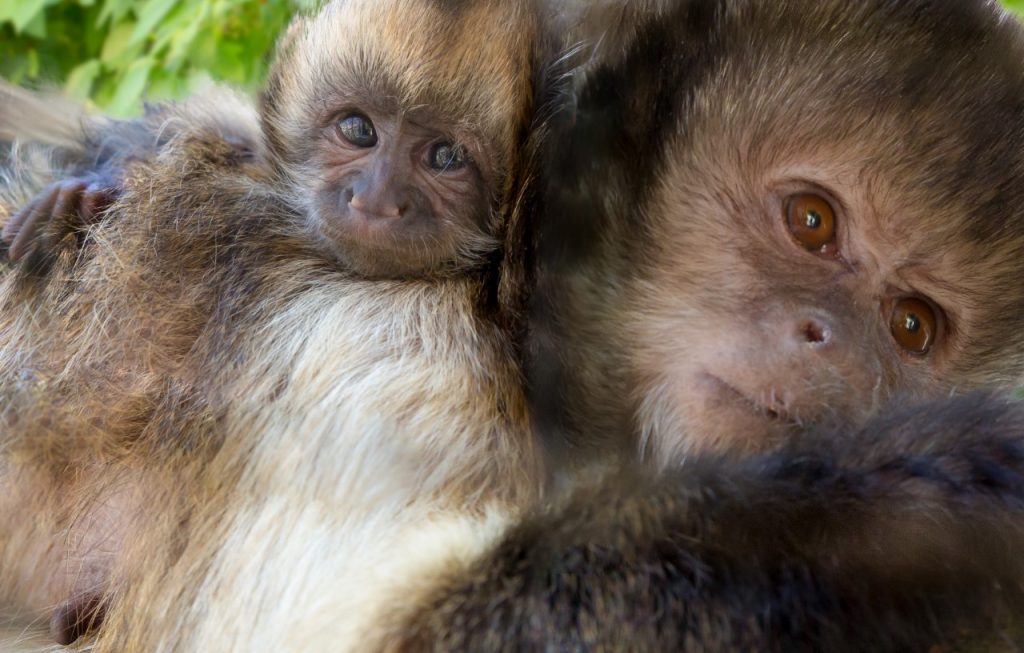Kori bustard nutrition and dietary husbandry
Citation
Maslanka M, Ward A. 2005. Kori bustard nutrition and dietary husbandry. In Graffam W, Hellinga D, Maslanka M, Ward A, Eds. Proceedings of the Sixth Conference on Zoo and Wildlife Nutrition, AZA Nutrition Advisory Group, Omaha, NE.
Abstract
Kori bustards (Ardeotis kori) are reported to be omnivorous, consuming mostly insect and plant material in their grassland habitat. A complete nutrient analysis of these food items and their contribution to the overall diet has not been determined. The gastrointestinal tract of the kori is typical of an insectivorous bird, but to date they have been fed in captivity as “primarily carnivorous” omnivores. Based on free-ranging ecology and gastrointestinal morphology, the recommended diet is based on nutritionally complete feeds, whole prey (vertebrate and invertebrate), and produce. Recommended crude protein in diets offered to captive koris should range between 16.5-30.0% on dry matter basis. When hand-rearing kori chicks, diets should contain between 18-22% crude protein on a dry matter basis and growth should not exceed 5% of body weight per day, in an attempt to avoid “angel wing.”
 MaslankakoriFINAL14Aug.05.pdf 87 KB
MaslankakoriFINAL14Aug.05.pdf 87 KB








